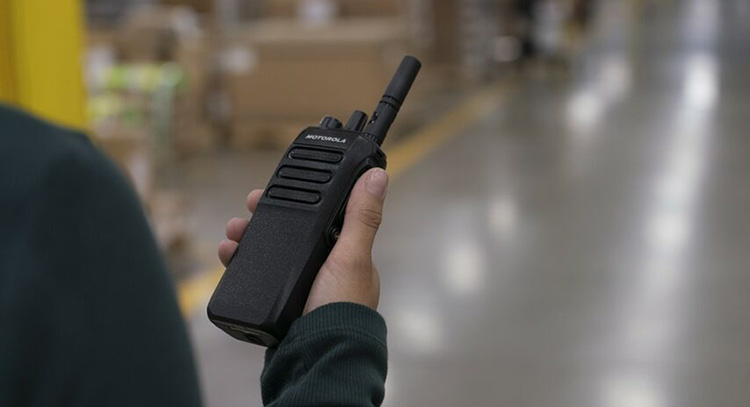Abstract: Walkie talkie communication range is a critical concern for many customers, and it directly impacts their usage. However, the advertised communication range of walkie talkies is often a theoretical distance, and the actual range is significantly shorter. Various factors influence the effective communication distance of walkie talkies, including system parameters, environmental conditions, battery power, and antenna matching. This article provides insights into the factors affecting walkie talkie communication range and offers a professional perspective on this topic.

I. Effective Walkie talkie Range
In the field of wireless communication, the concept of "distance" is not commonly used due to the line-of-sight propagation nature of UHF (Ultra High Frequency) communication, where signals can be obstructed and interfered with by buildings, hills, forests, and electromagnetic fields, affecting the actual communication range and quality. Therefore, professionals primarily focus on communication quality.
In ideal conditions (no obstacles or interference), professional walkie talkies can achieve a significant communication distance. However, in practical usage, the communication range typically falls between 0 to 10 kilometers, with shorter distances when obstructed by tall buildings or mountains. When supported by system base stations (repeaters), walkie talkie communication can extend to tens of kilometers.
For instance, 4W/5W walkie talkies available in the market may be labeled with a maximum communication range of 10 kilometers. However, this maximum range is a theoretical calculation based on ideal conditions without obstructions or electromagnetic interference. In reality, the communication range varies between 0 to 10 kilometers due to the diverse environmental conditions users may encounter. Manufacturers cannot predict the specific usage environment, and therefore, they cannot provide the actual communication range.
Note: Theoretically, quadrupling the transmit power of a walkie talkie will only result in a twofold increase in the transmission distance in the same environment. Therefore, the "power is everything" belief is not scientifically accurate.
II. Factors Limiting Walkie talkie Communication Range
A. System Parameters
1. Transmit Power and Receiver Sensitivity: Higher transmit power and greater receiver sensitivity expand the signal coverage and extend the communication range of walkie talkies.
2. Antenna Gain: Generally, increasing the antenna's height enhances the radio's receiving and transmitting capabilities. Handheld walkie talkies typically use helical antennas, which have narrower bandwidth and lower gain compared to other types of antennas, making them more susceptible to human interference.
3. Transmit Power: Stronger transmit power extends the signal's coverage area and communication distance. However, excessively high transmit power can lead to increased power consumption, reduced amplifier component lifespan, higher interference, adverse effects on others' communication, and radiation pollution. Various countries' radio regulatory authorities have specific regulations on transmit power for communication devices.
B. Environmental Factors Affecting Walkie talkie Range
1. Obstacles: The presence of obstacles significantly impacts communication range. As mentioned earlier, a 5W walkie talkie can easily achieve around 2.5 kilometers in open areas but only around 1 kilometer in densely built urban environments. When users are at an elevated position with a clear line of sight to the receiving party, the visual distance increases, thereby extending the communication range, similar to open areas.
2. Electromagnetic Environment: The electromagnetic environment encompasses all electromagnetic phenomena in a given location. With the advancement of science and technology, household electronic and electrical devices are becoming increasingly common, leading to a deteriorating electromagnetic environment.
C. Other Factors Affecting Walkie talkie Range
1. Insufficient Battery Power: Inadequate battery power results in poorer communication quality, and in severe cases, noise may interfere with normal communication.
2. Antenna Matching: Mismatched antennas in terms of frequency bands and impedance can significantly affect the communication range of walkie talkies. Users should ensure that antennas are securely attached and avoid using antennas not provided by the manufacturer or those that do not match the radio's frequency.

